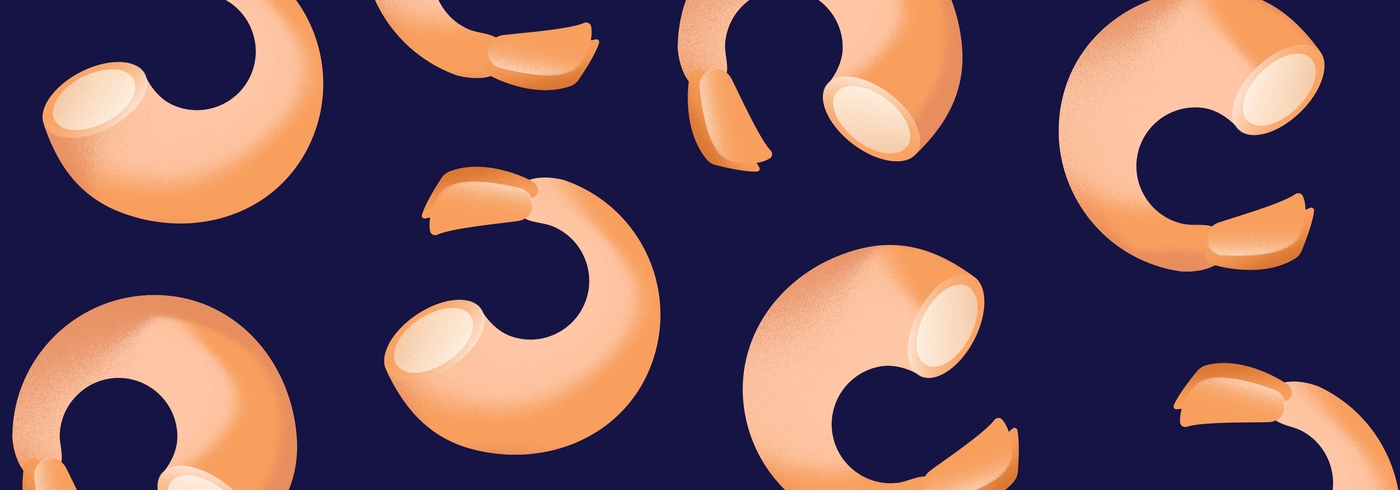
Can Dogs Eat Shrimp? All You Need To Know...
Fish is nutritious -- for humans and for dogs. But what about other types of seafood, like shrimp? Read on all you need to know on if your canine can consume these crustaceans below.
We all share food with our dogs once in a while. Our dogs are a member of the family for many of us, and it's easy to give in to the pressure of those puppy dog eyes in the kitchen. However, if you don’t know what foods are safe (and unsafe) for your dog to eat, you could ultimately be doing more harm than good.
For example, can dogs eat shrimp? Finn is here to offer trusted information for your trusted sidekick.
Can Dogs Eat Shrimp? The Basics
For those of us who eat seafood, shrimp is often one of our go-to forms of protein. They are quick to steam or cook up and add just a little something special to many different recipes and meals. Shrimp can also be suitable as a quick appetizer, and shrimp cocktail remains one of the most popular starters at many restaurants.
But, just because we love to eat shrimp doesn’t mean that our dogs can join in the fun, right?
Luckily for both of you, in the case of sneaking a bite or two of shrimp to your canine family member, it is okay!
When fed in moderation, shrimp is non-toxic and doesn’t pose any significant health concerns for your dog. However, there are a few factors to consider to make sure you’re feeding shrimp to your dog safely.
Are There Any Health Benefits To Feeding My Dog Shrimp?
Just because your dog can eat something doesn’t necessarily mean they should. But, in the case of shrimp, it’s not only safe to let your dog have a few; it may even have a few health benefits.
For starters, shrimp are relatively low in calories. Keeping in mind that most veterinarians recommend not allowing treats of any kind to make up more than 10% of your pup's daily diet, low-cal snacks are a must-have if you want to spoil your dog the right way.
One steamed medium shrimp is only about seven calories total. When you consider that the daily caloric requirement for a healthy 20-pound dog is between 325 and 400 calories and the 10% of that set aside for treats is between 32 and 40 calories, a few shrimp can go a long way!
Shrimp are also protein-rich, with each jumbo shrimp containing around three grams. Although each dog’s protein requirements can differ, protein is essential for providing energy, maintaining skin and coat health, and helping their bones, joints, and muscles function at their best.
And finally, shrimp also have an abundance of vitamins and minerals — specifically, antioxidants, vitamins B3 (niacin) and B12 (folate), and phosphorus. The B vitamins are critical for metabolism, gastrointestinal health, blood circulation, energy production, and enzyme production. Phosphorus helps promote bone health, and antioxidants are crucial for helping to protect the body from free radical damage.
Drawbacks To Letting My Dog Eat Shrimp
Can dogs eat shrimp? Yes. Should they eat shrimp regularly? Maybe not.
Although some potential health benefits may come from giving your dog a shrimp or two as a treat, there are also a few drawbacks.
For one, shrimp is high in cholesterol. While feeding your dog the occasional shrimp is okay, making shrimp a regular part of their diet may start to contribute to unhealthy amounts of cholesterol.
And, because dogs don’t have regular fasting cholesterol bloodwork done as we do, the impact of those cholesterol levels may not be evident until they start to develop symptoms like abdominal pain, diarrhea, and vomiting. Dogs who deal with circulatory issues (like heart disease), are overweight, or have diabetes should also avoid shrimp for this same reason.
Dogs with thyroid issues should also avoid shrimp, not for the cholesterol but because shrimp are a significant source of iodine. Iodine controls the function of the thyroid, so too much iodine can worsen pre-existing thyroid conditions.
Even though seafood is a reasonably common allergy for people, dogs can also experience allergic reactions to food, though not as common. If you feed your dog shrimp for the first time and notice they have any swelling of the mouth or trouble breathing, contact your veterinarian immediately. Also, keep in mind that dogs (like people) can develop allergies at any time.
How Can I Safely Give My Dog Shrimp as a Treat?
Not every preparation of shrimp is suitable for your dog, so knowing how you can safely feed it to your dog is vital.
For example, much like chicken, shrimp needs to be cooked thoroughly before your dog can safely eat it. There are a variety of harmful pathogens present in shrimp, including salmonella, listeria, and E. coli, that can only be killed off by appropriately cooking it.
You also need to make sure to remove the shrimp from their shells before giving them to your dog. Although this may not be an issue for bigger dogs, the shells can be a choking hazard for smaller dogs. If your dog eats enough unshelled shrimp, there is also the possibility of obstruction if the shells build up in their GI system.
And finally, just like with everything else, don’t give your dog anything that has been fried or breaded. Not only does the process of breading and frying your shrimp counteract a lot of the nutritional benefits, but it also adds unhealthy oils and fats to the mix. Considering shrimp is already high in cholesterol, you don’t want to add anything harmful to boost that number.
The best way to feed shrimp to your dog is steamed or boiled in water, without seasoning, oil, or butter, and only a few at a time.
One Last Fact To Know About Shrimp
When purchasing shrimp to eat yourself (or feed as a treat to your pup), pay attention to where it is sourced. Unfortunately, shrimp fraud is a common practice for many companies.
The main issue is that shrimp that comes from farms (where they are likely to use fungicides, antibiotics, and other harmful chemicals) are often labeled as being “Gulf” or “wild.”
However, even wild shrimp can contain detectable amounts of antibiotics. To help avoid this as much as possible, know where you are buying your shrimp and make sure they come from a trustworthy company.
Other Suggestions for Healthy Treats
Although shrimp is a healthy treat, it shouldn’t be the only healthy treat you feed your dog! Supplementing with other snacks that are also good for them helps keep their diet well-balanced while also letting them feel like they’re getting an exciting treat.
Here are a few of our favorite suggestions:
-
Bananas
-
Blueberries
-
Broccoli
-
Carrots
-
Green peas
-
Raspberries
-
Watermelon
Remember, only introduce one new food to your dog’s diet at a time, and wait at least a week or so before introducing something else that’s completely new. That gives you plenty of time to make sure that your dog will not react to the food, and monitor their behavior for signs of tummy troubles.
And again, moderation moderation moderation. Even the healthiest snack can become a problem if you give too much of it, so keep the treats small and occasional to keep your pup healthy and happy.
Why Are Healthy Treats Important?
Much of your dog’s diet focuses on their primary source of nutrition — their dog food. While this is the most crucial part of their diet, healthy treats can help fill in the gaps.
Giving your dog healthy treats is also an excellent way to build your bond. Spending time together, whether that is working on tricks or just slipping them a snack while you’re sitting on the couch together, solidifies your relationship. It makes you a positive person to be around, which builds trust between the both of you.
Healthy treats can also be a way to help your dog on a behavioral level. When you find treats your dog loves, they will likely be more driven to work for them. If you’re trying to teach your dog a trick or you’re helping to train them out of certain behaviors, using treats that motivate your dog can make the process more smooth, especially if clicker training or play reinforcement isn’t working.
Using treats isn’t the only way to help your dog (for example, calming supplements can also help), but it is an excellent start.
And remember, a healthy diet isn’t everything. Diet needs to exist alongside other ways of keeping your dog at a high level of wellness, like frequent exercise and playtime.
Dogs require mental and physical activity and stimulation to be happy and calm, so focus on a well-rounded approach for the best result!
To Summarize
Can dogs eat shrimp? Yes, as long as you feed only plain, unseasoned, steamed or boiled shrimp to them in moderation. They’re low-cal, low-fat, and full of protein, vitamins, and minerals. When your dog’s diet is healthy, you can fill in the rest with safe, healthy snacks.
For more canine health and wellness tips, make sure to follow Finn!
Sources:
What are safe and healthy treats for my pet? | Tufts
Dog and Cat Daily Caloric Needs | Association For Pet Obesity Prevention

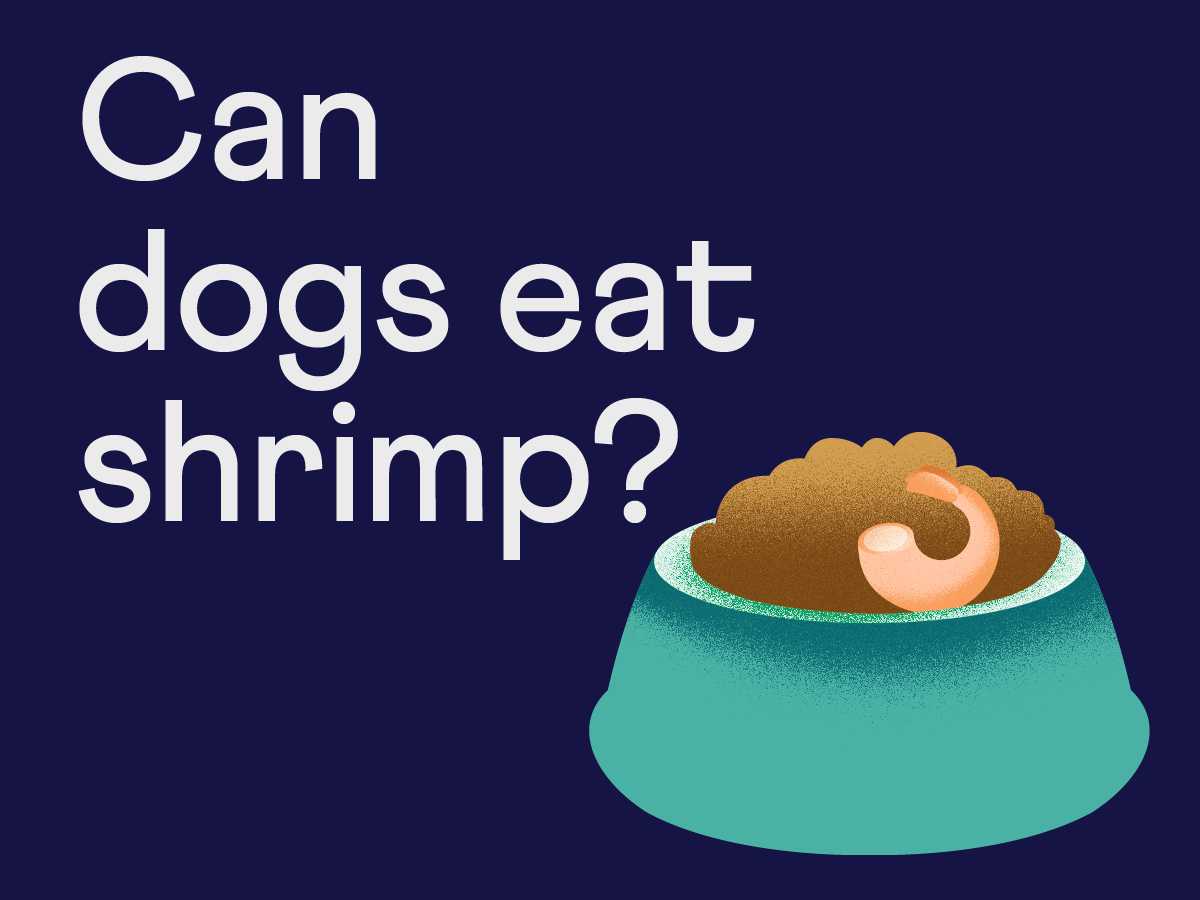
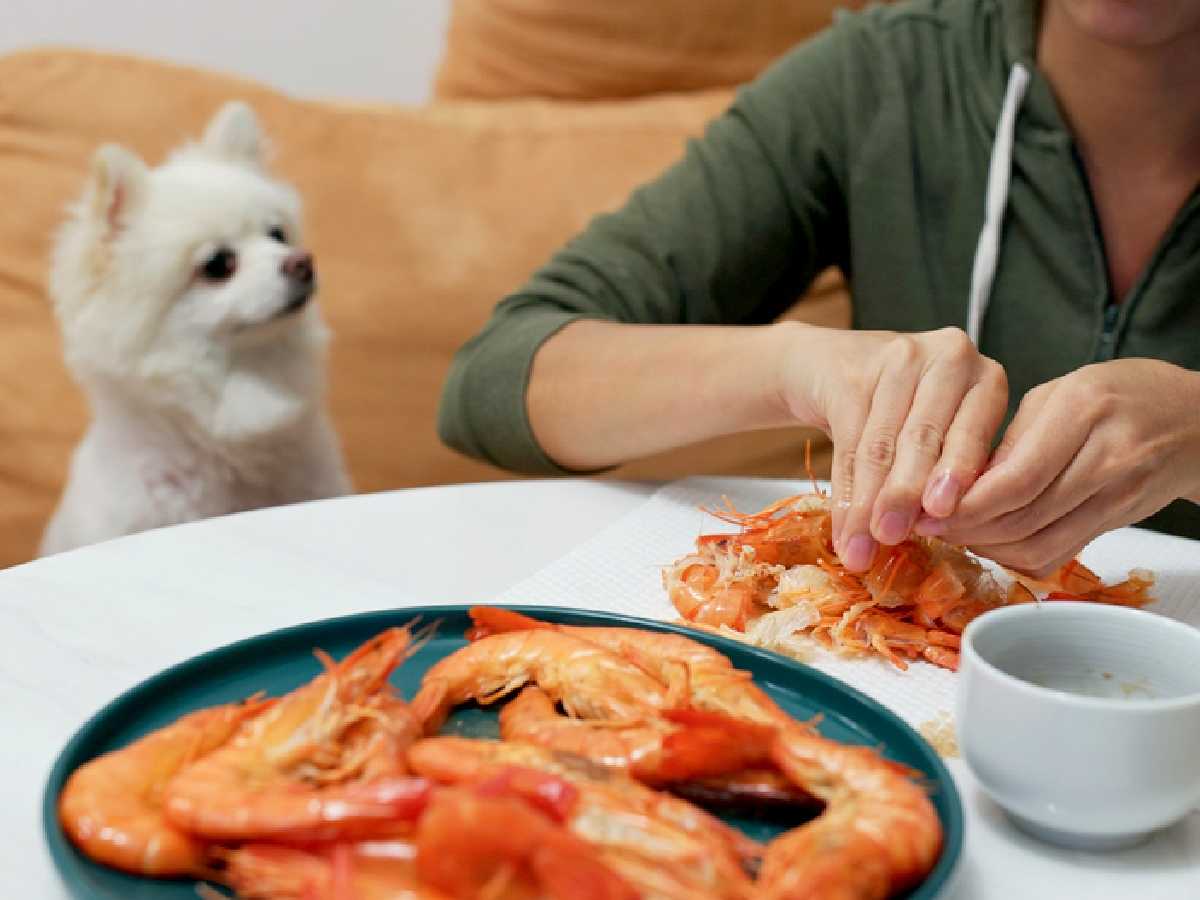
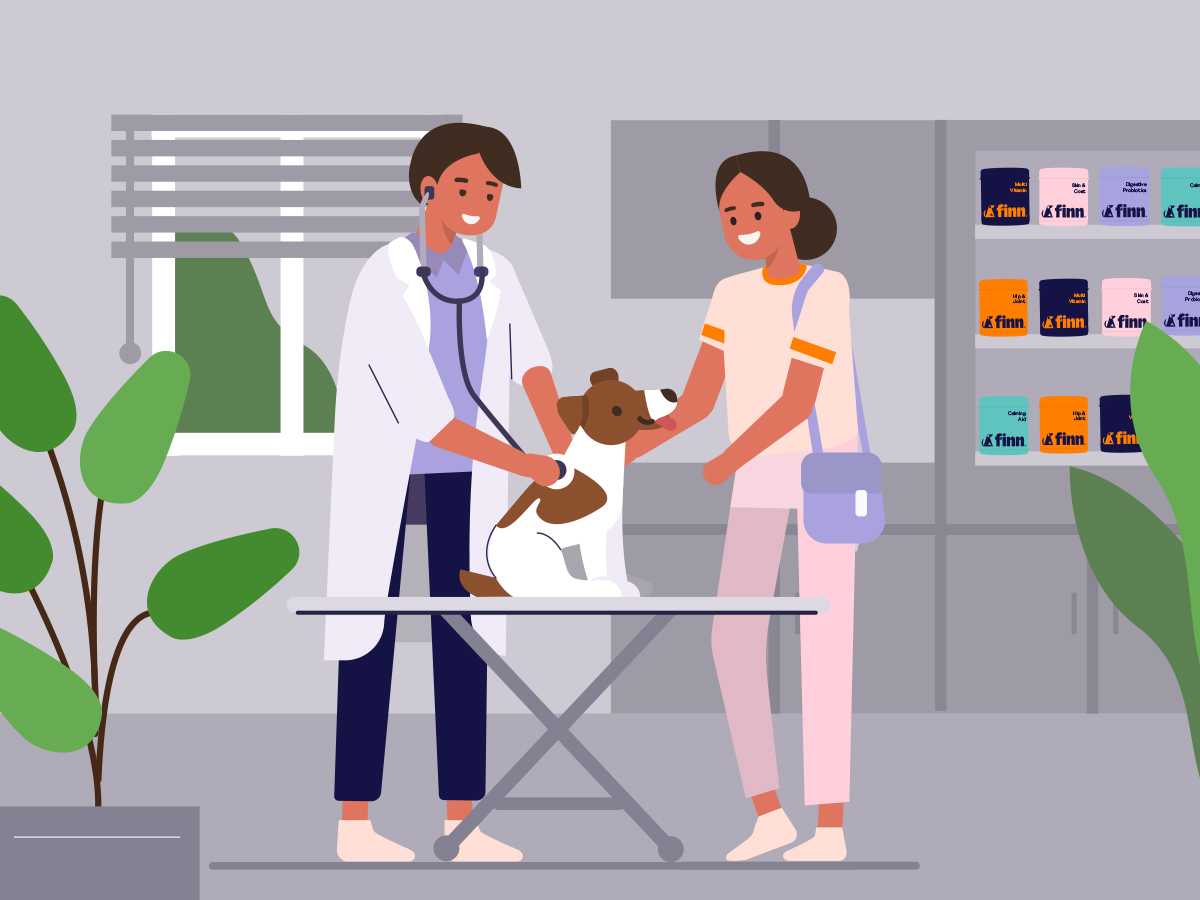
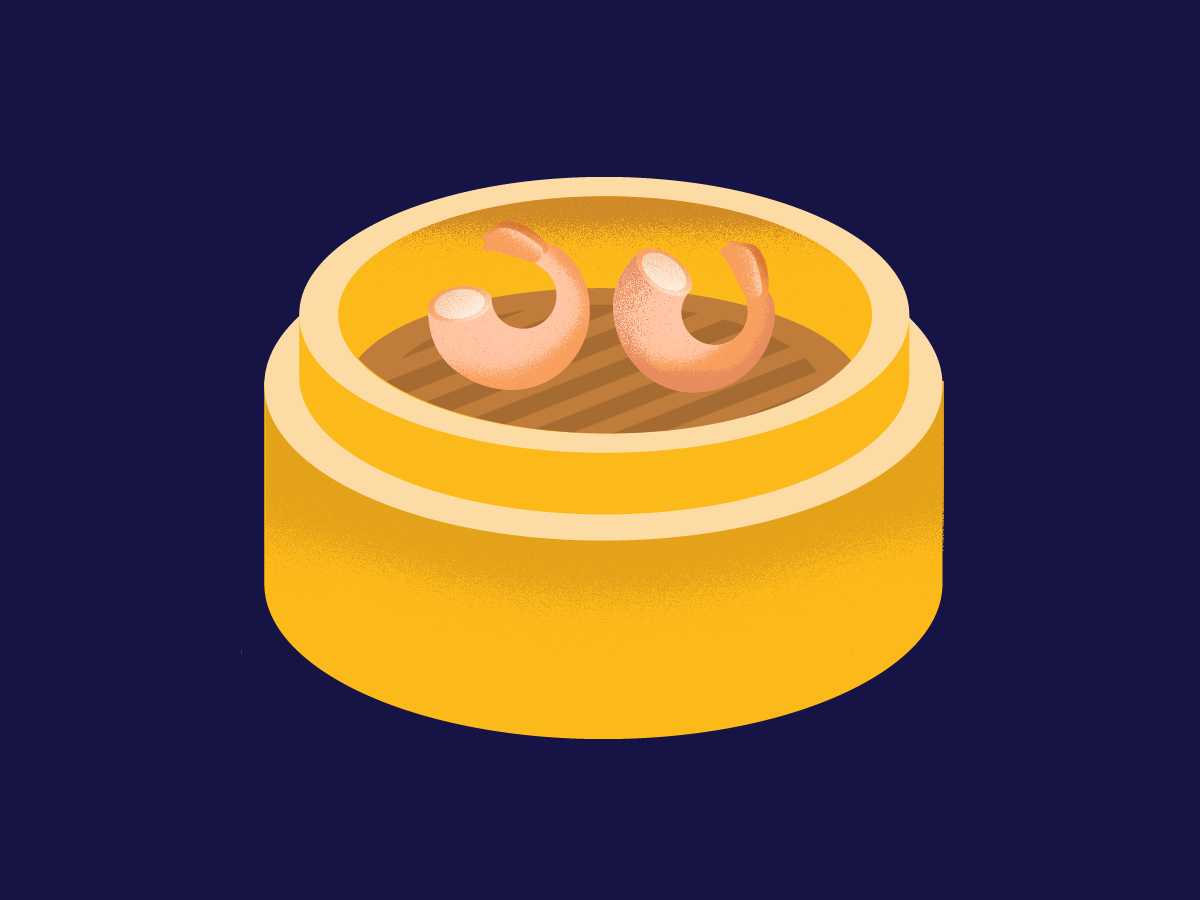
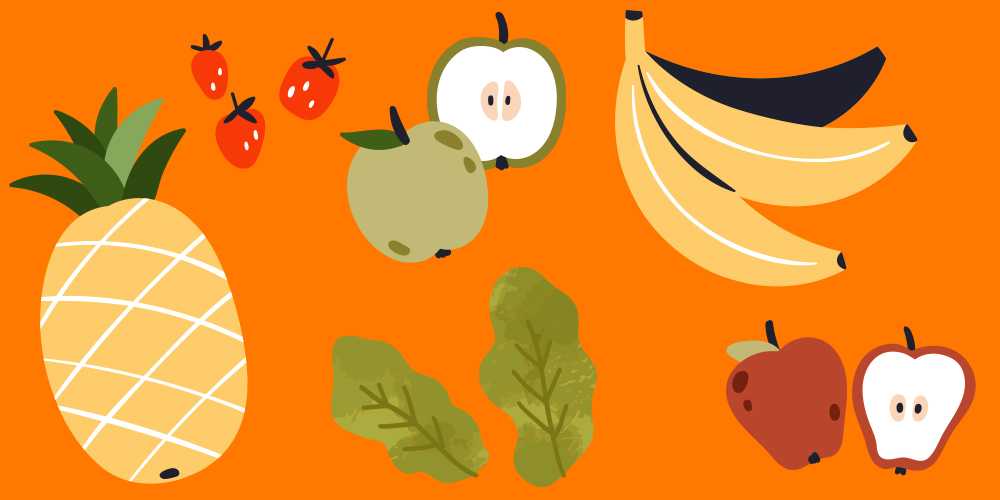


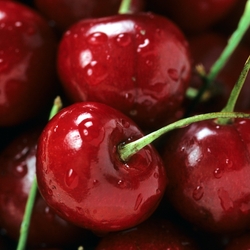
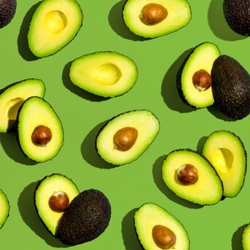
Comments: